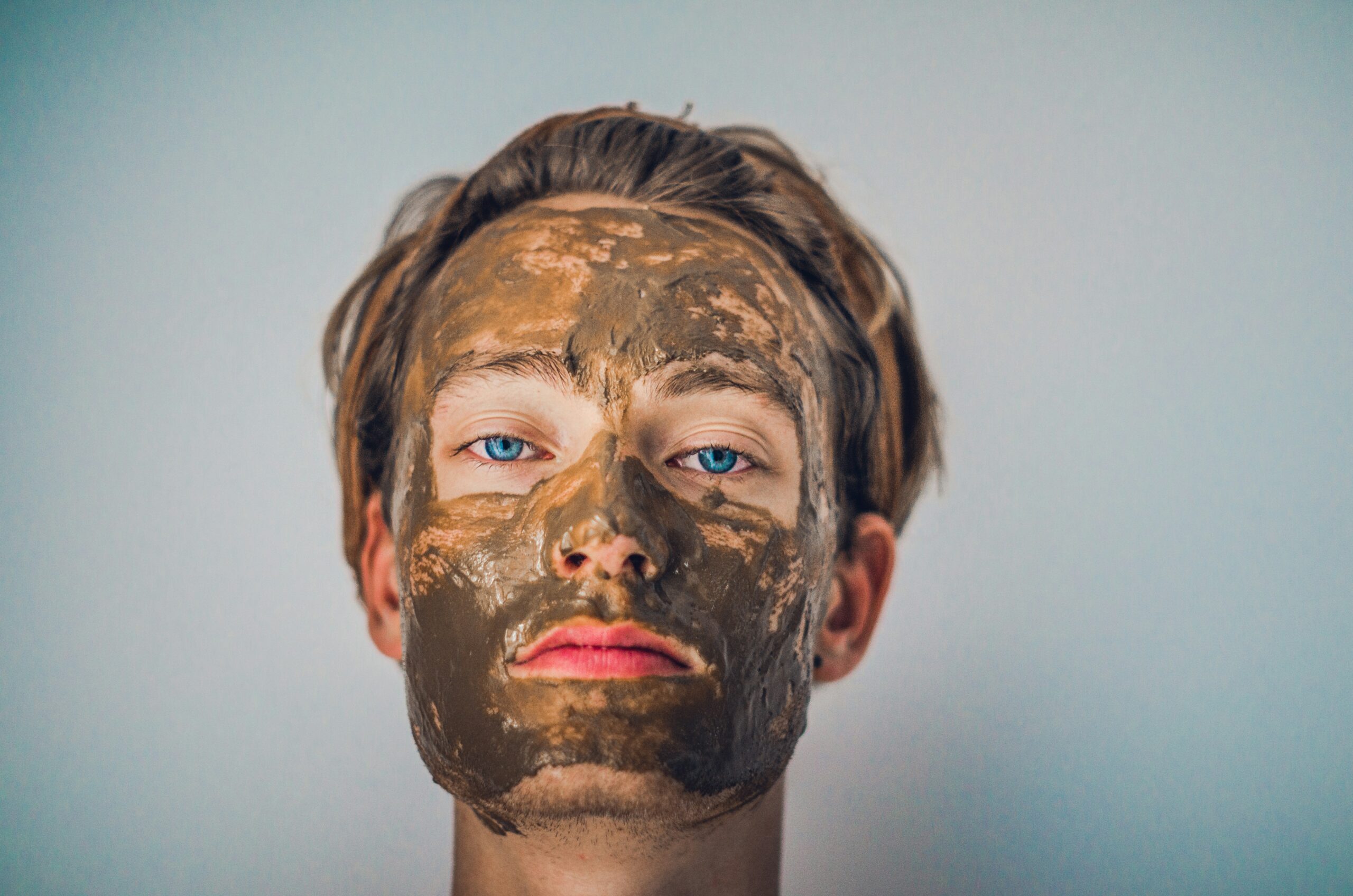Understanding Your Skin Type
Identifying your skin type is a fundamental step in tailoring facial treatments effectively. The primary skin types are oily, dry, combination, sensitive, and normal, each with its unique characteristics and needs. Recognizing your skin type allows you to choose treatments that can enhance your skin’s health and appearance.
Oily skin is typically characterized by excess sebum production, leading to a shiny appearance and enlarged pores. To determine if you have oily skin, observe how quickly your face becomes shiny after cleansing. If it appears greasy within a few hours, you likely have an oily complexion.
Dry skin, on the other hand, is often flaky, rough, or tight. This skin type can be identified if your skin feels dry, especially after washing. Individuals with dry skin may also notice redness or irritation, indicating a need for moisturizing treatments that hydrate and nourish.
Combination skin features characteristics of both oily and dry skin, where some areas, usually the forehead, nose, and chin (the T-zone), are oily while others, like the cheeks, are dry. To identify this skin type, assess your skin’s texture and oiliness in different areas. Combination skin typically requires a balanced approach to treatment.
Sensitive skin is prone to reactions, such as redness, burning, or stinging. If you find your skin reacts to certain products or environmental factors, you may have sensitive skin. It is crucial to choose gentle, hypoallergenic treatments to avoid exacerbating sensitivity.
Normal skin tends to be well-balanced, with no excessive oiliness or dryness. This skin type is characterized by a smooth texture and minimal imperfections. If your skin feels comfortable and looks healthy, it likely falls into the normal category.
Understanding your skin type is essential for selecting suitable facial treatments. Many treatments are specifically designed to address the unique needs of each skin type, ensuring optimal results and enhancing your skin’s overall health and beauty.
Common Facial Treatments and Their Benefits
Facial treatments have become a cornerstone of modern skincare, offering diverse options tailored to specific skin needs and conditions. Understanding different types of facial treatments and their benefits is crucial for selecting the right one for your unique skin type.
One popular option is the hydrating facial, ideal for individuals with dry or dehydrated skin. This treatment typically involves the use of hydrating masks, moisturizers, and serums containing ingredients like hyaluronic acid and aloe vera. The primary goal is to replenish moisture levels and restore a healthy glow. Following a hydrating facial, clients often notice improved skin texture and a reduction in dryness.
Exfoliating facials represent another common treatment, suitable for a range of skin types but particularly beneficial for those with oily or acne-prone skin. This facial aims to remove dead skin cells through mechanical or chemical exfoliation, revealing brighter, clearer skin beneath. Salicylic acid or gentle scrubs are frequently used, and regular treatments may help prevent clogged pores and breakouts.
Chemical peels are a more advanced option, often tailored for individuals looking to address signs of aging, sun damage, or hyperpigmentation. During this treatment, a chemical solution is applied to the skin, causing it to exfoliate and eventually peel off. This process stimulates collagen production, leading to smoother skin. It is essential to consult with a skincare professional to determine the appropriate strength of the peel based on individual skin types and conditions.
Lastly, anti-aging facials focus on reducing the appearance of fine lines and wrinkles, making them optimal for mature skin types. Ingredients like peptides, retinol, and antioxidants are commonly used to enhance skin elasticity and promote a youthful appearance. Regular anti-aging treatments can yield noticeable improvements over time, helping clients maintain a radiant complexion.
Assessing Your Skincare Goals and Concerns
When considering facial treatments, the first step is to assess your personal skincare goals and concerns. Understanding your skin’s unique needs is crucial in determining the most appropriate facial treatments. This involves identifying specific issues such as dryness, acne, sensitivity, or signs of aging that you wish to address. By reflecting on these aspects, you can create a personalized roadmap that will guide your treatment choices.
Begin by evaluating your skin type: is it oily, dry, combination, or sensitive? Each type often necessitates distinct approaches. For instance, individuals with oily skin may prioritize treatments aimed at controlling excess oil and preventing breakouts, while those with dry skin might focus on hydration-enhancing solutions. A comprehensive analysis of your skin will help clarify your priorities.
Next, outline your skincare goals. Do you wish to achieve a radiant glow, reduce fine lines, control breakouts, or soothe irritation? Setting specific, measurable, achievable, relevant, and time-bound (SMART) goals can provide direction. By identifying your primary concerns, such as uneven skin tone or enlarged pores, you can narrow down potential facial treatments that target these issues effectively.
Remember, while it is essential to aspire for improved skin health, it’s equally important to maintain realistic expectations. The results of facial treatments vary based on several factors, including skin type, chosen procedures, and adherence to a skincare routine. Understanding that some treatments may require multiple sessions or an extended period to notice improvements can help you stay patient and committed.
Ultimately, taking the time to assess your skincare goals and concerns is the pivotal first step in selecting the right facial treatments tailored to your individual needs.
Consultation and Professional Advice
Consulting with skincare professionals, such as estheticians or dermatologists, is a crucial step in selecting the right facial treatment for your skin type. These experts can provide tailored advice that takes into account your unique skin concerns, characteristics, and goals. When approaching a consultation, it is important to effectively communicate your skin type and any specific issues you may have encountered, such as acne, dryness, or sensitivity. This will enable the professional to assess your skin accurately and recommend the most suitable treatments.
To maximize the consultation experience, prepare a list of questions that address your specific needs. Inquire about the types of facial treatments that are appropriate for your skin type, the expected outcomes, and any potential side effects associated with those treatments. Additionally, do not hesitate to ask about the professional’s qualifications, experience, and the techniques they use. This will help you gauge their expertise and ensure that you are in capable hands.
After receiving recommendations, it is essential to critically assess them. Consider whether the proposed treatment aligns with your goals and if it feels comfortable for you. Personalized treatment plans are particularly beneficial as they consider your unique skin profile and address specific concerns while aiming for optimal results.
An important aspect of skincare consultations is patch testing, which is a simple procedure to evaluate how your skin reacts to certain products or ingredients. This can help mitigate adverse reactions during the actual treatment. Follow-up appointments are equally critical, providing an opportunity to review your skin’s progress and make necessary adjustments to the treatment plan. Such ongoing communication with your skincare professional ensures that your facial treatments remain effective and aligned with your individual needs.

